What is the tolerance range of precision screws?
What is the tolerance range of precision screws?
Service Hotline
+86760-8787 8587We have more than ten years of experience in screw industry production. The main products are: ASMEB18.2.2, blind hole straight nut, JISB1166 bolt, black 8.8 high-strength hexagon nut, enlarged washer, butterfly disc spring, carbon steel galvanized Square nut, copper belt screw rivet, cylindrical pin positioning pin, metal tool top column support double-ended inner tooth rod, spring pin, H-shaped expansion bolt, 304 stainless steel copper column, flat tail electronic screw, manganese grounding washer and other fasteners, Due to the different materials and specifications of the products, the prices are also different, please contact us if necessary.


With the rapid development of China's automobile industry, the requirements of body assembly process are constantly improving. Riveting has the characteristics of short process cycle, low noise and low energy consumption, and is widely used in automobile bodies. In the automobile industry, due to the complexity of the body sheet metal structure, there are many cavities, and the riveting tools in some positions will interfere with the structure. Many assembly points cannot use the traditional two-way loading riveting technology, so single-sided riveting is used instead. craft.
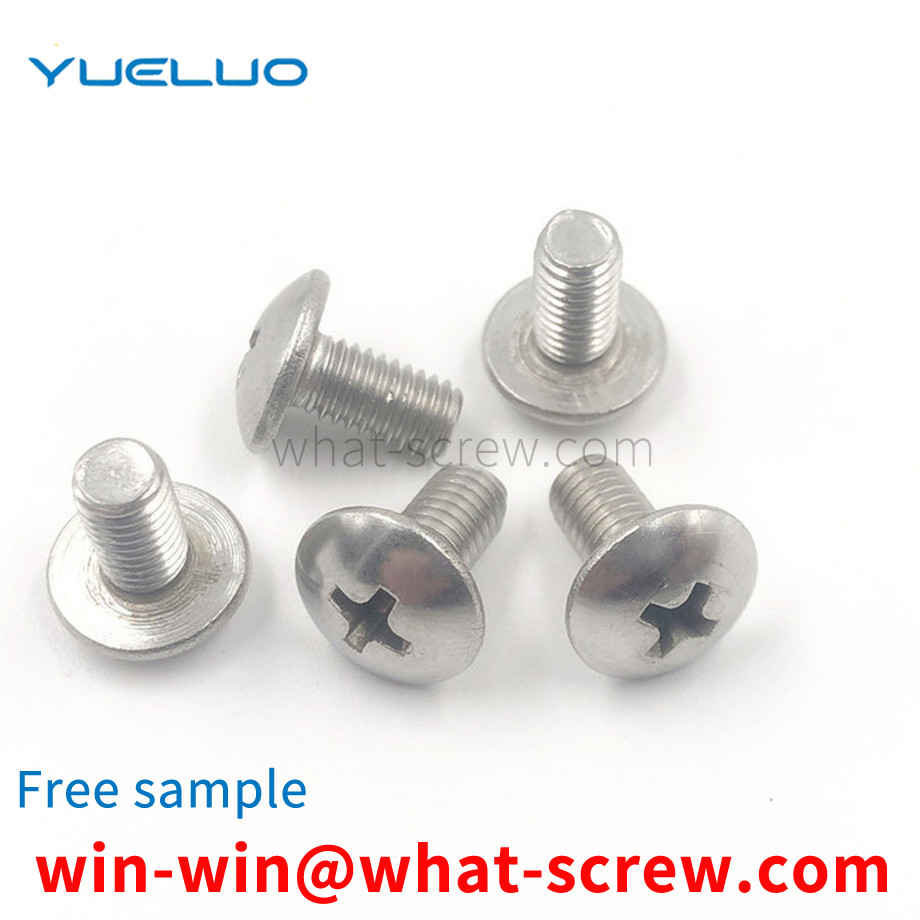
At present, the commonly used locking structure is a split pin (hereinafter referred to as a cotter pin type adjustment nut) or knocking the sheet on the adjustment nut into the steering knuckle groove (hereinafter referred to as a sheet type adjustment nut), these two structures are mainly used in single row Bearings are barely used in bearing units and hub bearing units. The former has a complicated structure and the cotter pin is easy to fall off; the latter requires workers to control the press-in force. Too much pressure can easily lead to the cracking of the sheet structure on the adjusting nut, and too little pressure can easily make the adjusting nut failure, and is impacted in the axial direction.
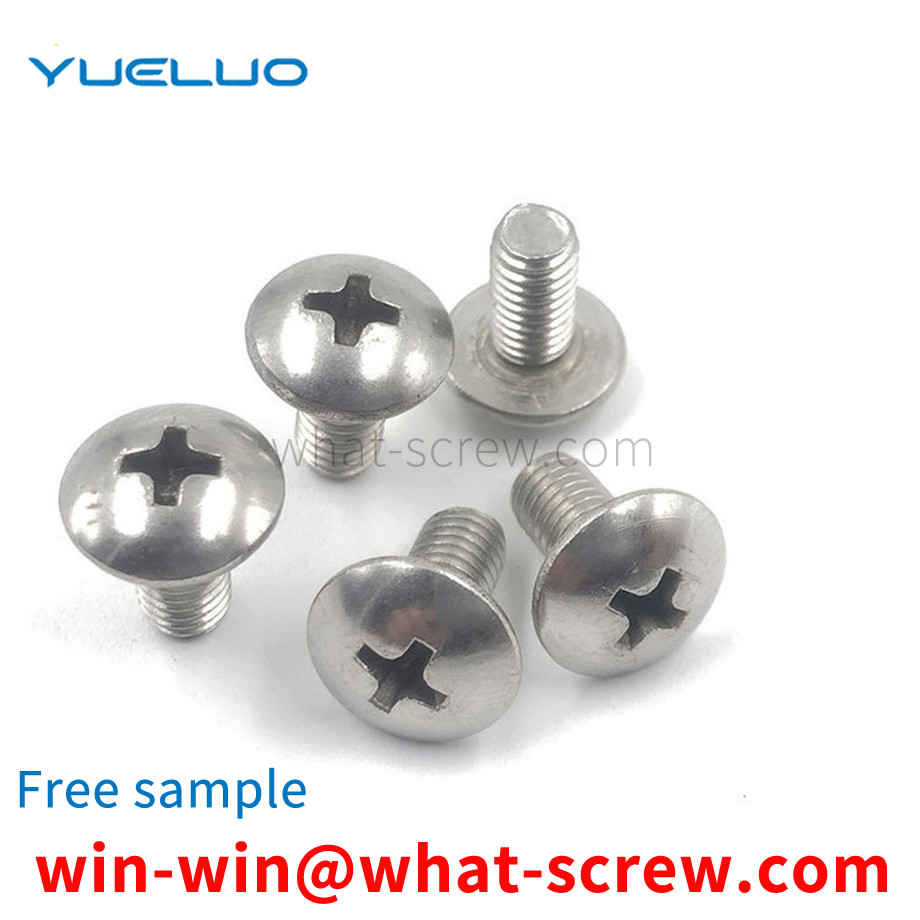
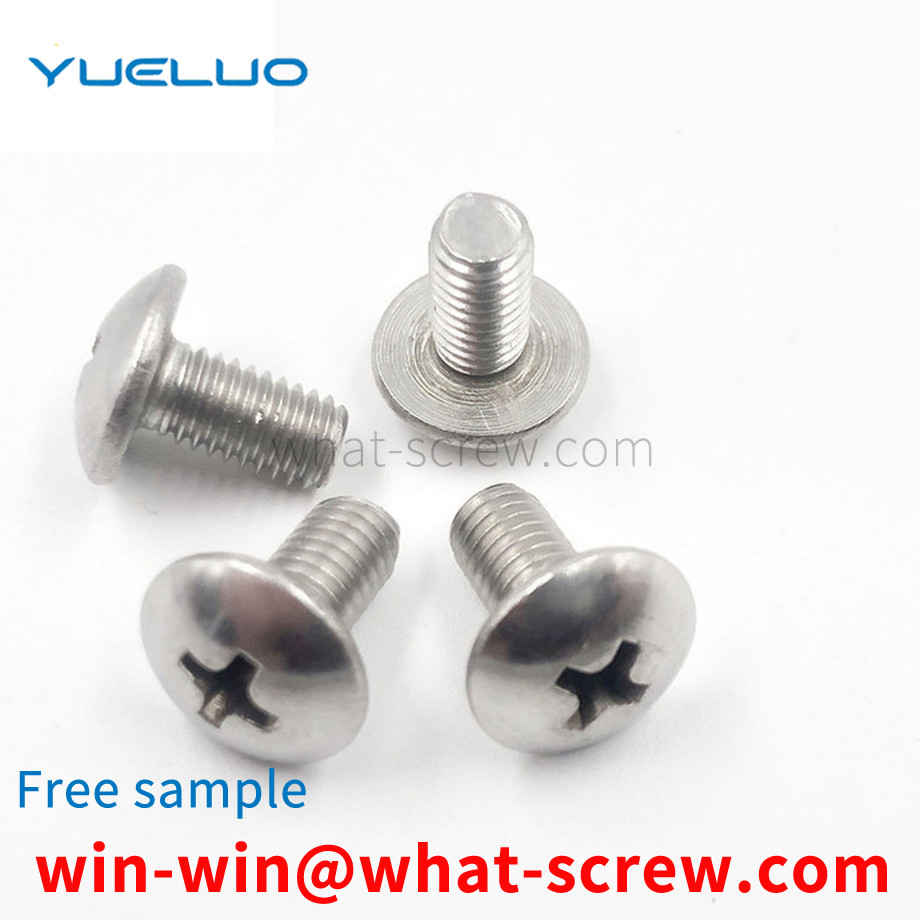
Self-tapping screws were introduced into the industry in large numbers in 1914. The earliest design (essentially imitating a wood screw) was a thread-forming screw made of hardened steel with an A-ended end, mainly used to connect sheet metal channels for heating and ventilation systems. Therefore, it is also called: sheet metal screw. By the end of the 1920s, with the widening of the market and new applications, emphasizing new designs, its application performance was widely improved. The following introduces the four different stages of the development of self-tapping screws in 40 years: thread forming self-tapping screws, thread cutting self-tapping screws, thread rolling self-tapping screws and self-drilling self-tapping screws. 1. Ordinary self-tapping screws (thread forming self-tapping screws) Ordinary self-tapping screws are a direct product of early sheet metal screws. The principle is: when screwing it into a prefabricated hole, the internal thread connected to the screw is formed by the displacement of the material around the hole and the material is pushed into the space between the threads. 2. Self-cutting self-tapping screws (thread cutting self-tapping screws) Because ordinary self-tapping screws are formed only in very thin threads. And it can be easily realized on materials with good toughness. Develop and expand the use of self-tapping screws to thicker sections and harder, brittle and other materials with poor deformability. In this way, the self-cutting self-tapping screw is developed: a cutting groove or cutting edge is machined at the end of the screw shank. When this kind of screw is screwed into the prefabricated hole, the screw acts as a tap and actually cuts out the thread that connects with itself. 3. Self-Extrusion Self-Tapping Screws (Thread Rolled Self-Tapping Screws) In the early 1950s, fastener engineers began to recognize the potential advantages of self-tapping screws as structural rather than just lightly loaded attachments. This has led to the development of a new self-tapping screw thread rolling self-tapping screw (self-extrusion self-tapping screw). According to the design principle of cold forging taps, the thread and end are specially designed for this kind of screw, so that the screw can be formed by applying intermittent and periodic pressure on the crest of its thread instead of on the side of the entire thread. Internal thread for connection. By concentrating and limiting the forming pressure, the pressurized material next to the hole is made to flow more easily and to better fill (squeeze) into the flanks and roots of the thread of the self-tapping screw. Since the frictional resistance of screwing in is much lower than that of ordinary self-tapping screws, threaded rolling self-tapping screws (self-extrusion self-tapping screws) can be screwed into thicker sections. At the same time, it has better screw control and tightening torque, and greatly improves the connection strength and overall firmness. The engineering standard of this kind of self-tapping screw stipulates that the selection of materials, the mechanical properties of heat treatment and the working performance should be strictly controlled. 4. Self-drilling and self-tapping screws (self-drilling screws) People have done statistics: Among the ten expenses that constitute the total assembly cost, the highest one includes the processing of holes. In practical applications of self-tapping screws, prefabricated holes need to be processed. Moreover, in order to make the prefabricated holes have good effect in practical application, the size of these holes must be controlled within a fairly strict range. In the early 1960s, self-drilling and self-tapping screws appeared. A major step forward in reducing assembly costs by eliminating the need to machine prefabricated holes. In general, self-drilling and self-tapping screws realize drilling, tapping and tightening in one operation. These are the four main stages of self-tapping screw design and development. In addition, two newly developed products are also worthy of introduction. Both are screws with a special thread type. One is designed for plastic and other low-strength materials; the other is used in the construction industry to connect cement wall panels, so it is also called wall panel self-tapping screws.
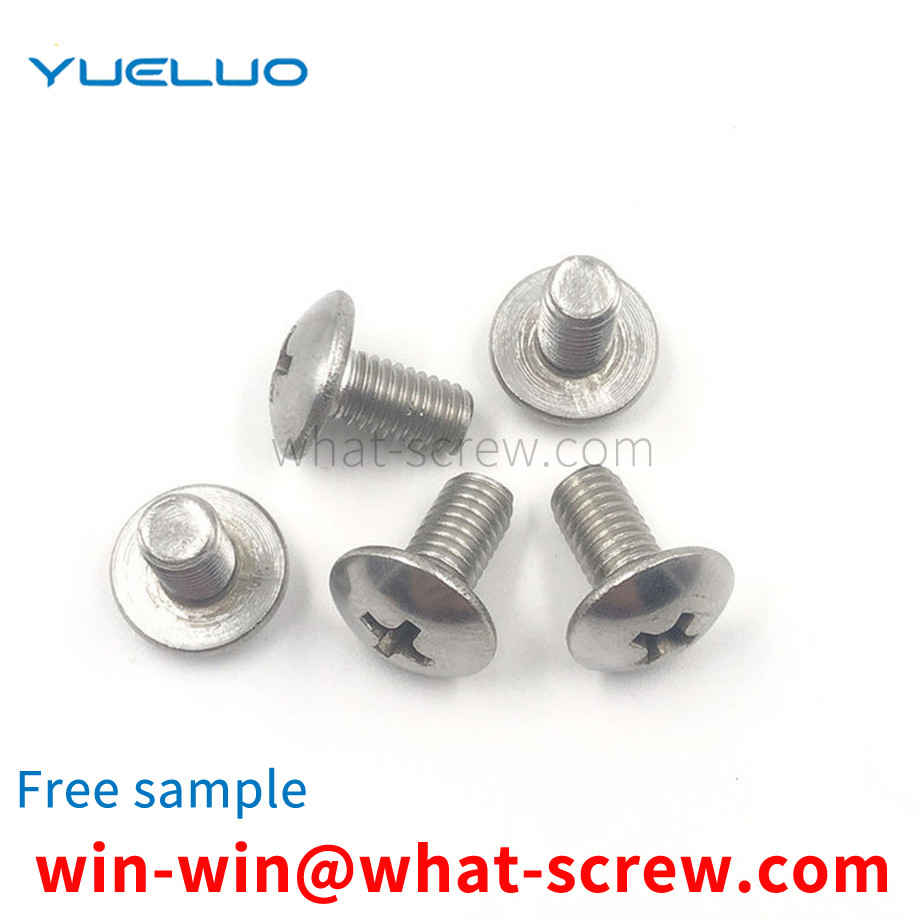
Standard parts are commonly used parts, which are widely used in various mechanical structures. Among them, the T-track bolt is a common standard part. The existing T-shaped track bolts, especially those used in high-speed railways, are often installed in pre-buried tracks, and the T-shaped track bolts are not easy to install, which may easily cause positional deviation.
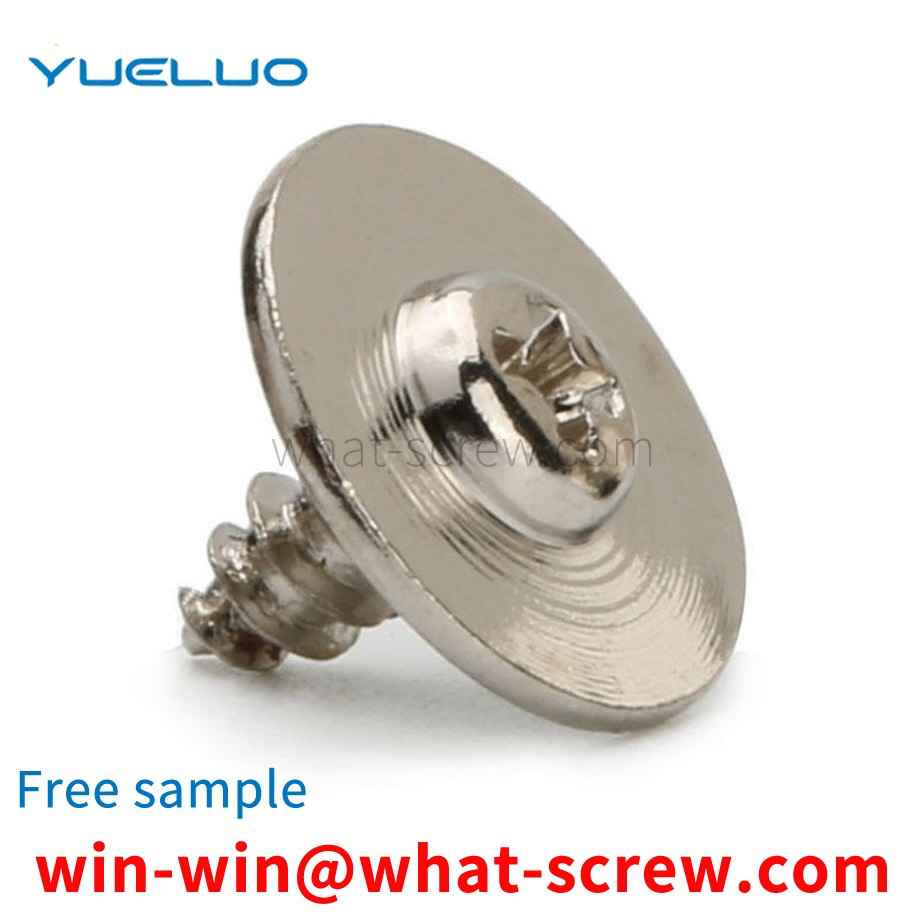
The above content is uploaded by Yueluo or the Internet. If there is any copyright issue, please contact [email protected].

What is the tolerance range of precision screws?

How to choose the right stainless steel screw manufacturer?

Why is there an R angle under the head of the hexagon head s...

We have more than ten years of production experience in the ...

We have more than ten years of production experience in the ...

We have more than ten years of experience in screw industry ...

We have more than ten years of experience in screw industry ...